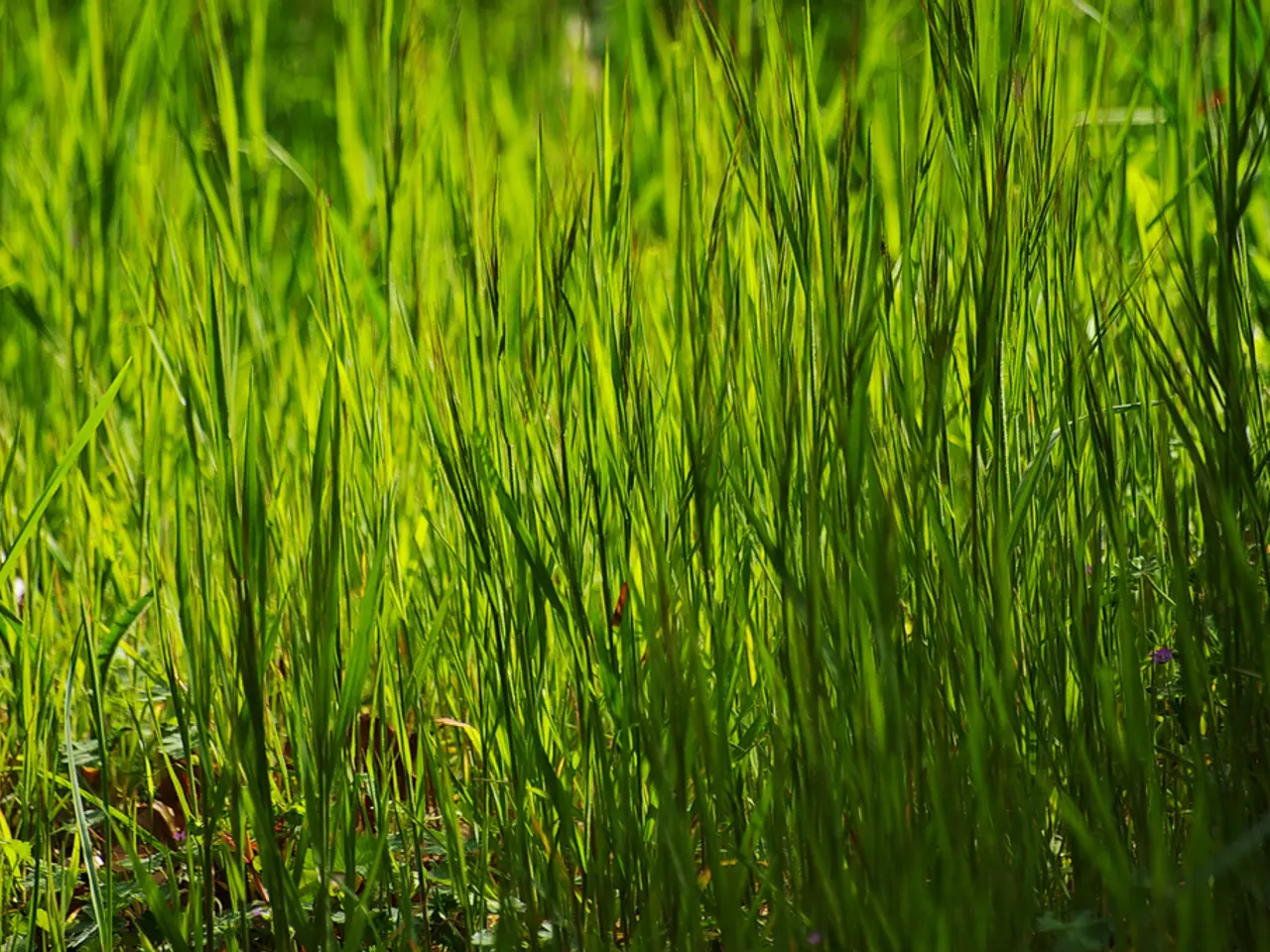Applying Lawn Fertilizer: A Comprehensive Guide on Timing and Techniques
Maintaining a lush, green, and healthy lawn is a priority for many homeowners. Fertilizer plays a crucial role in this process, supplying essential nutrients like nitrogen, phosphorus, and potassium that promote grass growth and vitality. However, the timing of fertilization is just as important as the choice of fertilizer itself.
The best time to apply grass fertilizer varies depending on the type of grass and local climate. For cool-season grasses, such as fescue, ryegrass, and Kentucky bluegrass, which are common in northern regions and temperate climates, the best times to fertilize are:
- Early spring, when the grass begins to grow actively after winter dormancy. Aim for when soil temperature reaches around 10°C (about late April to early May in many areas). This helps the lawn recover and promotes lush, green growth. - Early fall, before the soil temperature drops below 50°F (10°C), which strengthens roots and prepares the grass for winter dormancy. A mid-September to early October application is ideal in many regions.
On the other hand, for warm-season grasses, such as Bermuda, zoysia, and St. Augustine, the best time is:
- Late spring to early summer, when the grass is actively growing and can uptake nutrients efficiently. Avoid fertilizing warm-season grass in fall or winter because they go dormant then, and fertilization could stress or damage the turf.
When it comes to the time of day, apply fertilizer during the early morning or early evening hours when temperatures are mild, to avoid evaporation and allow better absorption into the soil. Avoid fertilizing in the hottest part of the day or under direct sunlight.
It's also important to note that fertilizing should be avoided when the grass is dormant (very cold weather or winter), as fertilizer can stress the lawn, and during peak summer heat, especially for cool-season grasses, as this can harm the grass or lead to nutrient loss.
Testing the soil before fertilization is necessary to avoid damaging the lawn. Organic fertilizer, which stimulates microorganisms in the soil, making the lawn healthier, is a popular choice among lawn owners and provides vital nutrients to the lawn.
In summary, to maintain a healthy lawn, follow these guidelines:
|Grass Type |Best Fertilizing Season(s) |Best Time of Day | |-----------------|-------------------------------|-------------------------| |Cool-season |Early spring and early fall |Early morning or evening | |Warm-season |Late spring to early summer |Early morning or evening |
By following these guidelines, you'll promote thick, green, and resilient grass while avoiding stress or nutrient waste. Happy fertilizing!
References: [1] University of California Agriculture and Natural Resources. (2021). Lawn Care: Fertilising. [2] Texas A&M AgriLife Extension. (2021). Fertilizing Your Lawn. [3] Purdue University Extension. (2021). Lawn Fertilization. [4] Michigan State University Extension. (2021). Lawn Fertilizer. [5] Iowa State University Extension and Outreach. (2021). Lawn Fertilization.
Incorporating organic fertilizer can enhance the home-and-garden lifestyle by stimulating microorganisms in the soil, promoting a healthier lawn. Moreover, in the home-and-garden setting, the best time to apply grass fertilizer for cool-season grasses, such as fescue, is during early spring, after winter dormancy, to help the lawn recover and grow lush. Gardening enthusiasts can also apply fertilizer for these grasses in early fall to strengthen roots and prepare the grass for winter dormancy.




